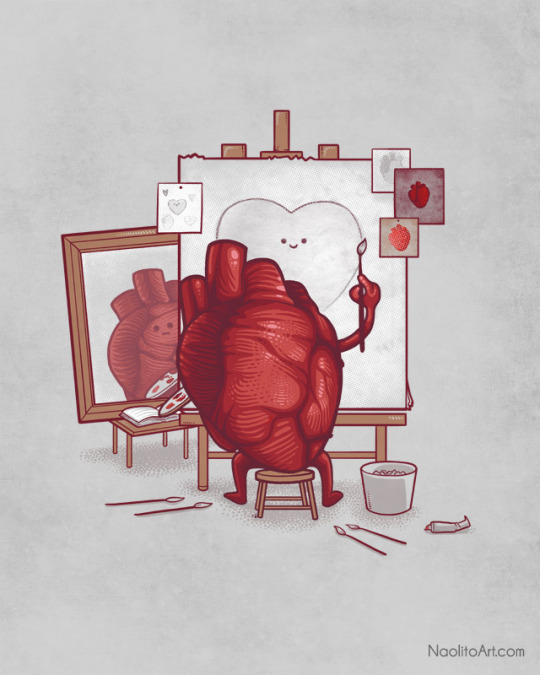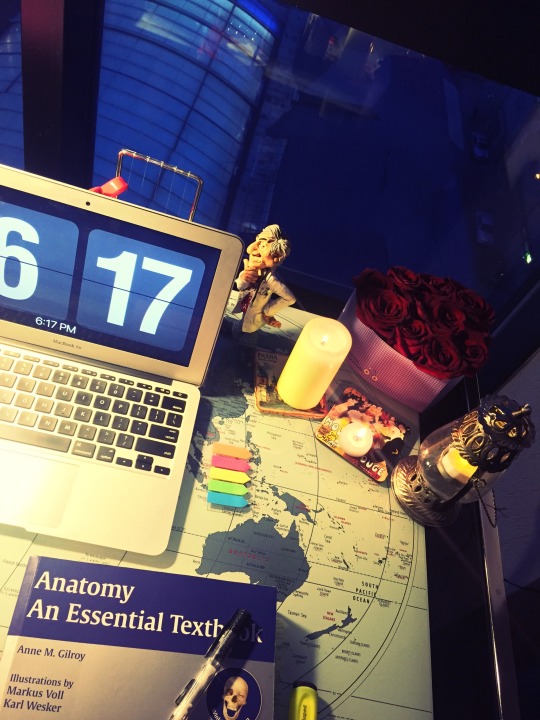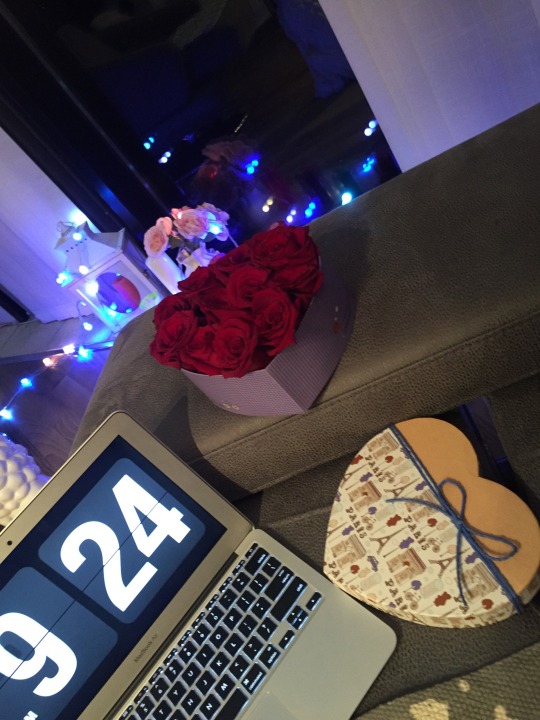Photo

Don Juan (Or If Don Juan Were a Women) (Roger Vadim, 1973)
8K notes
·
View notes
Note
hey there, any tips for an anatomy & physiology class?
Hey!
Tips for Studying Human Anatomy
Study Skills
Study Tips
How to Pass
48 notes
·
View notes
Photo

“I hear and I forget. I see and I remember. I do and I understand.”
– Confucius
the curve of forgetting
the curve of forgetting describes how we retain or get of information we absorb.
day 1: you go into a lecture knowing 0% and come out knowing 100% of what you know (regardless of whether you know it extremely well or not)
day 2: you did not do any reviewing of your notes from day 1 therefore you have lost 50%-80%
and as the days progress we forget less and less
think about midterms! notice how around midterms when you’re trying to study for something (that you haven’t been reviewing for regularly) it feels like the material is VERY difficult and almost as if you’ve never learned it before
formula to reshape the curve
within 24 hours of your lecture spend 10 minutes reviewing the material
a week later: it will only take 5 minutes to REACTIVATE the same material
ultimately, you will reshape the curve
day 30: by this day your brain will only need 2-4 minutes to recall
information on the curve of forgetting was taken from the university of waterloo (x)
my formula to reshape the curve using the information above
before class: spend 10 minutes PREVIEWING the material.
after class: spend 10 minutes REVIEWING the material
do this regularly. this will be your preview/review system for each class.
a week later: try to review a week later. i know that school/life can get pretty hectic, but try to make sure you are reviewing regularly.
maybe record yourself saying some important details/concepts from your notes the night before and on your daily commute to school plug in those earphones and listen to it. i am an auditory learner and i find that listening to my notes before i go to bed and right when i wake up have truly helped me retain information. studies have shown that the best time to study is right before going to bed and right when you wake up.
a month later: after a month, review what you’ve learned so far in your class. trust me this will be a very very short review. everything will look very familiar to you and it won’t look as difficult as it used to.
basically your review schedule should be the following:
1 hour before learning the material
1 hour after learning the material (or within 24 hours of learning it b/c i know we’re all very busy people)
1 day later
1 week later
1 month later
remember everyone learns, studies, and retains information differently!! my personal belief is that your technique is what matters most. it is not about your innate ability/talent. find a technique that works for you.
more suggestions:
active learning > passive learning
when taking notes use the Cornell method. it forces you to ask questions and summarize what you’ve learned.
set frequent, short, review sessions
test yourself constantly! there are so many resources online.
people who are under stress have difficulty remembering things so CHILL OUT
don’t rush, take your time
repetition is key
practice MAKES PERFECT
group items together
fish, vitamin b12, and green tea can help w/ memory
don’t give up. like morrissey said “these things take time.”
52K notes
·
View notes
Photo

Here is a list of things I do to motivate myself to study on my bad days:
Tidy up Clean your living quarters and declutter your work space.
Take a shower or bath Wash away the bad vibes.
Step outside Breathe some fresh air and appreciate nature. Maybe even go for a walk.
Try meditating Even if it’s just for five minutes. There are a lot of great guided meditations on Youtube [x] [x] [x] if you’ve never meditated before.
Drink Water Hydrate yourself.
Talk to someone It can be a good friend, a family member, or even a stranger. Just socialize a bit.
Music Listen to your favorite song or album to pump yourself up.
Make a List It doesn’t have to just be things you need to get done. It can be your favorite things or stuff you want to do before you die. (I personally find making lists relieving and they inspire me to work harder.)
Study in a new place Go to a library, a coffee shop, or even a park.
Do some exercises/stretches It will ease any tension in your body and make you feel less stressed.
Do something you enjoy Give yourself a bit of a break and try to study later knowing you were able to do something you like.
2K notes
·
View notes
Photo

Image: Anterior view of the human heart with labels.
Gross Anatomy of the Heart
109 notes
·
View notes
Text
Blood Flow Through the Heart (feat. my new graphics tablet)
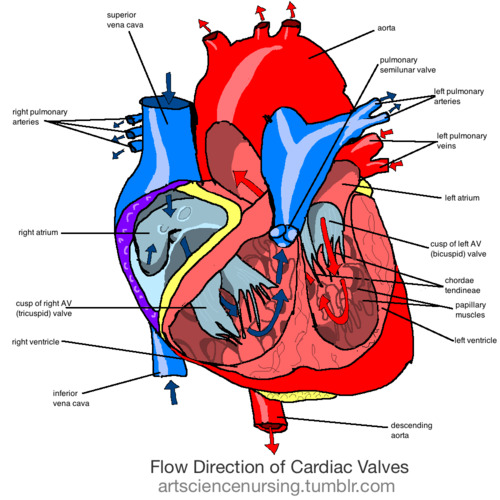
Anatomy and Function of the Heart Valves (Source)
What are heart valves?
The heart consists of four chambers, two atria (upper chambers) and two ventricles (lower chambers). Blood passes through a valve before leaving each chamber of the heart. The valves prevent the backward flow of blood. Valves are actually flaps (leaflets) that act as one-way inlets for blood coming into a ventricle and one-way outlets for blood leaving a ventricle. Normal valves have three flaps (leaflets), except the mitral valve, which only has two flaps. The four heart valves include:
Tricuspid valve. This valve is located between the right atrium and the right ventricle.
Pulmonary valve. The pulmonary valve is located between the right ventricle and the pulmonary artery.
Mitral valve. This valve is located between the left atrium and the left ventricle.
Aortic valve. The aortic valve is located between the left ventricle and the aorta.
How do the heart valves function?
As the heart muscle contracts and relaxes, the valves open and shut, letting blood flow into the ventricles and atria at alternate times. The following is a step-by-step description of how the valves function normally in the left ventricle:
When the left ventricle relaxes, the aortic valve closes and the mitral valve opens, to allow blood to flow from the left atrium into the left ventricle.
The left atrium contracts, allowing even more blood to flow into the left ventricle.
When the left ventricle contracts again, the mitral valve closes and the aortic valve opens, so blood flows into the aorta.
What is heart valve disease?
Heart valves can malfunction in several ways, including:
Regurgitation (or leakage of the valve). This means the valve doesn’t close completely, causing the blood to flow backward through the valve. This results in leakage of blood back into the atria from the ventricles (in the case of the mitral and tricuspid valves) or leakage of blood back into the ventricles (in the case of the aortic and pulmonary valves).
Stenosis (or narrowing of the valve). With stenosis, the valve opening is narrowed and the valve doesn’t open properly, inhibiting the ability of the heart to pump blood across the narrowed valve due to the increased force required to pump blood through the stiff (stenotic) valve(s).
Atresia. This means the valve opening doesn’t develop at all, preventing blood from passing from an atria to a ventricle, or from a ventricle to the pulmonary artery or aorta. Blood must find an alternate route, usually through another existing congenital (present at birth) defect, such as an atrial septal defect or a ventricular septal defect.
When heart valves fail to open and close properly, the implications for the heart can be serious, possibly hampering the heart’s ability to pump blood adequately through the body.
Blood Flow Through the Heart (Source)
The Right Atrium, receives “used blood” from the body. Blood will be pushed through the tricuspid valve to the
Right Ventricle, the chamber which will pump to the lungs through the pulmonic valve to the
Pulmonary Arteries, providing blood to both lungs. Blood is circulated through the lungs where carbon dioxide is removed and oxygen added. It returns through the
Pulmonary Veins, which empty into the
Left Atrium, a chamber which will push the Mitral Valve open. Blood then passes into the
Left Ventricle. Although it doesn’t always look like it in drawings done from this angle, this is the largest and most important chamber in the heart. It pumps to the rest of the body. As it pumps, the pressure will close the mitral valve and open the aortic valve, with blood passing through to the
Aorta, where it will be delivered to the rest of the body.
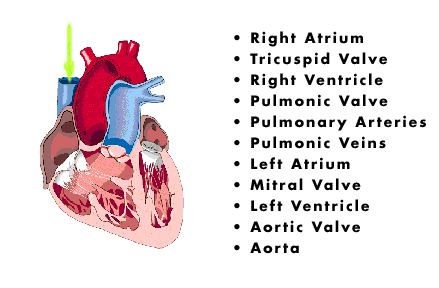
417 notes
·
View notes
Photo

Happy New Year’s Eve, from Liver!
http://theawkwardyeti.com
8K notes
·
View notes
Photo

The heart is a muscular organ about the size of a fist, located just behind and slightly left of the breastbone. The heart pumps blood through the network of arteries and veins called the cardiovascular system.
The heart has four chambers:
The right atrium receives blood from the veins and pumps it to the right ventricle.
The right ventricle receives blood from the right atrium and pumps it to the lungs, where it is loaded with oxygen.
The left atrium receives oxygenated blood from the lungs and pumps it to the left ventricle.
The left ventricle (the strongest chamber) pumps oxygen-rich blood to the rest of the body. The left ventricle’s vigorous contractions create our blood pressure.
The coronary arteries run along the surface of the heart and provide oxygen-rich blood to the heart muscle. A web of nerve tissue also runs through the heart, conducting the complex signals that govern contraction and relaxation.
(x) (x)
961 notes
·
View notes
Photo

ECG - another ‘interesting’ stuff for this week. tired.
2K notes
·
View notes

